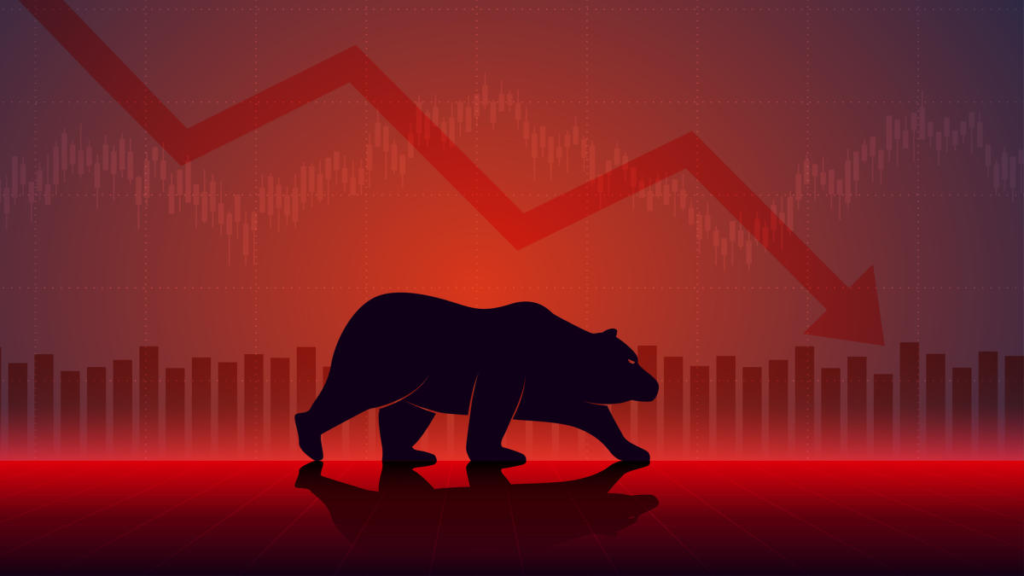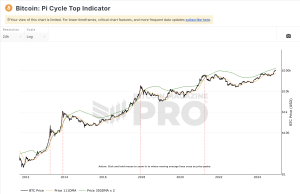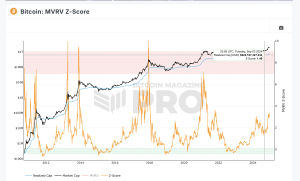How to Invest during Crypto Bear Market
When cryptocurrency prices fall and keep falling, it feels like winter in the market. But this cold spell isn’t just a time of loss; it’s a golden chance for you to grab more digital currencies at cheaper rates and set yourself up for future success.
The tricky part, however, is that not many investors manage to make the most of these downturns. Often, it’s because they don’t fully grasp what a crypto winter involves or how seasoned investors handle it successfully.

This guide aims to shed light on those areas. You’ll learn about the various phases of a crypto winter and understand how long they tend to last based on past trends. We’ll explore the downturns in both crypto and traditional financial markets to reveal how major players secure profits even when the market seems to be in a slump. Let’s start with the basics.
What Exactly is a Crypto Winter?
In simple terms, a crypto winter is a period where the prices of cryptocurrencies continuously decline. It mirrors the traditional financial market’s definition of a bear market, which is marked by a 20% or more drop in asset prices amid pessimistic market sentiment. This situation can lead to the downfall of many projects as they struggle to secure funding and meet expectations.
A crypto winter kicks off with a significant imbalance in demand and supply, leading to a steep price fall. This is technically represented by patterns of decreasing highs and lows over an extended period.
So, are we in a crypto winter? If the market has seen a prolonged decline from its peak, with most cryptocurrencies losing over half of their value, then the answer is likely yes.
The Stages of a Crypto Winter
The journey through a crypto winter varies, with investors experiencing a range of emotions from denial to defeat across its different stages:
- Preliminary Stage: After reaching peak prices, a slight dip occurs. Optimism remains high for a quick rebound.
- Early Stage: Prices continue to drop, with moments of recovery that don’t fully reverse the downturn, reflecting a mix of hope and realism among investors.
- Full Stage: The core of the winter, characterized by significant declines and scarce recoveries, leading to widespread selling and negative sentiment.
- Late Stage: The market starts to find its footing as prices stabilize, signaling a potential end to the downturn with increased buying interest.
Lessons from Past Crypto Winters
Examining previous crypto winters, such as those in 2014/2015 and 2018, provides insights into their triggers and durations. The downturn in 2022 stands out because it was influenced by broader economic factors, including inflation and geopolitical tensions, not just crypto-specific issues.
Traditional vs. Crypto Bear Markets
Generally, more mature markets like stocks experience less drastic downturns than the relatively young crypto market. The heightened volatility of the crypto market, however, presents ample opportunities for savvy investors to buy low and eventually sell high.
How the Pros Trade During Crypto Winters
The most experienced investors, often referred to as “smart money,” have a knack for selling amidst over-optimism and buying during peak fear. Recently, there’s been significant institutional investment into crypto, indicating that big players are actively engaging in the market, even during downturns.
In volatile periods, these investors prioritize executing large transactions quietly to minimize market impact. This approach allows them to avoid widespread price movements that large trades can often cause.
Final Thoughts
As the lines between digital assets and traditional financial markets continue to blur, we might eventually see crypto leading the charge. Understanding the dynamics of crypto winters is crucial for preparing for the next market upswing. Even though predicting the exact bottom of a bear market is challenging, educating yourself on the patterns and strategies can position you well for the inevitable market recovery.



